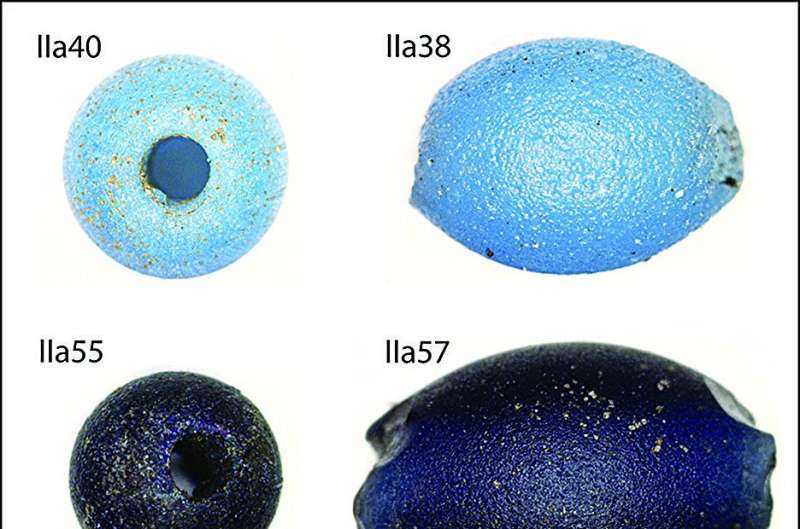Examples of beads examined in a recent study shed light on the significant influence of Indigenous Americans on transatlantic trade networks in the 17th century AD. Glass beads played a crucial role in trade between Europeans and Indigenous peoples, with the Wendat Confederacy being a key player in these exchanges. Originally based in southern Ontario, the Wendat people later migrated to the Western Great Lakes region, impacting trade dynamics.
Beads symbolize European colonization but have left a lasting legacy on Indigenous cultures, where beadwork remains an essential part of tradition. Contrary to popular belief, the exchange of beads across the Atlantic was not solely driven by European colonization. The arrival of Europeans in the Western Great Lakes region occurred much later, challenging previous assumptions.
Dr. Heather Walder and Dr. Alicia L. Hawkins conducted a comprehensive analysis of over 1000 17th-century glass artifacts from Europe and eastern North America to explore the social significance of beads in Indigenous communities. Their findings, published in the journal Antiquity, highlight the importance of beads in understanding interactions, exchanges, and relationships among Indigenous groups.
“Glass beads offer more than just a timeline of historical events,” explains Dr. Walder. “They provide valuable insights into the social dynamics and cultural connections of Indigenous peoples during this period.” For more information, you can visit the original post on phys.org.
